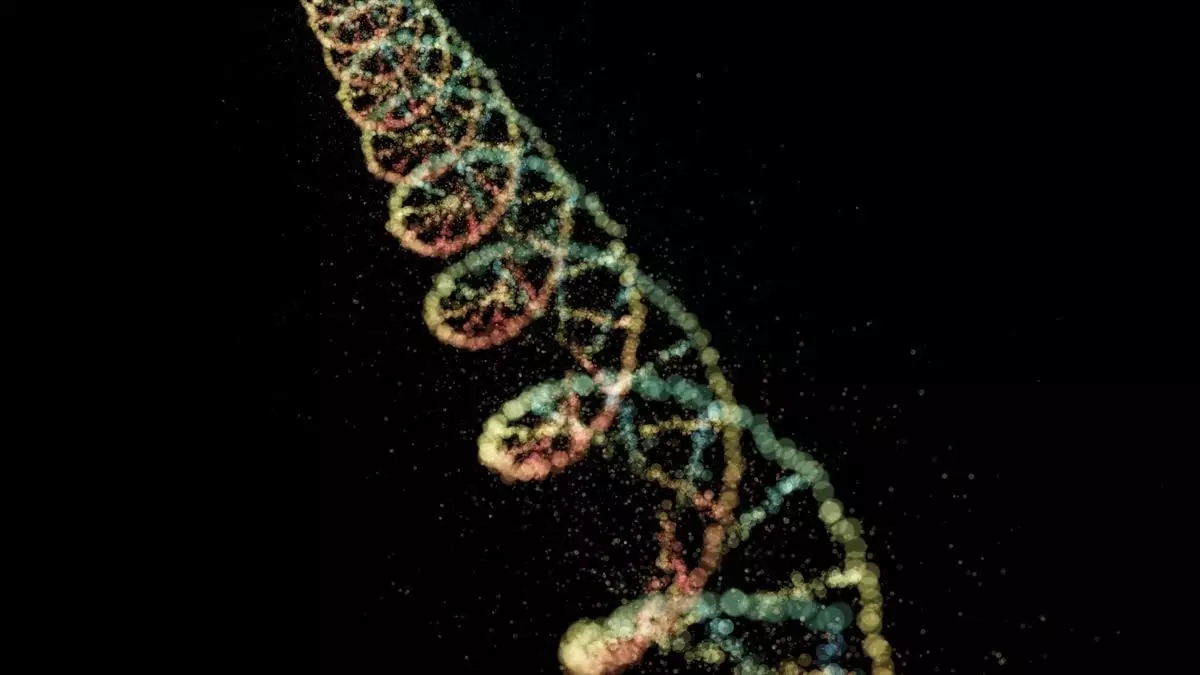Aging is an inevitable process that has fascinated scientists for centuries, raising questions about its underlying mechanisms. Traditionally, biological aging has been linked to various factors, including the accumulation of DNA damage, loss of cellular function, and environmental influences. However, the recent study published in *Nature Aging* on January 13 opens a new chapter in understanding this complex phenomenon by investigating the relationship between genetic mutations and epigenetic changes. By exploring how these elements interact, researchers are beginning to unravel the intricate web that determines biological age.
Genetic mutations are alterations in the DNA sequence that can occur due to replication errors, exposure to environmental toxins, or the failure of repair mechanisms. Over time, these mutations accumulate and can contribute to age-related diseases, such as cancer and neurodegenerative disorders. Yet, while the association between genetic mutations and aging is well recognized, they do not solely account for the aging process. The study emphasizes a more nuanced view, suggesting that these mutations might not only be passive byproducts of aging but could actively contribute to the aging process itself.
Epigenetics refers to changes in gene expression that do not involve alterations to the underlying DNA sequence. These changes are often mediated by chemical markers that regulate gene activity, and researchers primarily use “epigenetic clocks” to estimate biological age. This innovative approach has revolutionized the field by allowing for a more accurate picture of an individual’s biological state than chronological age alone. The recent findings suggest that genetic mutations might influence the establishment of these epigenetic markers, thereby altering the biological landscape in which aging occurs.
One of the most significant findings of this study is the bidirectional relationship between genetic mutations and epigenetic changes. This revelation raises intriguing questions about causality: do mutations lead to epigenetic alterations, or are the latter merely a reflection of advancing age? Dr. Steven Cummings, a prominent researcher in the field, notes that distinct epigenetic changes arise from mutations at specific DNA sites, suggesting that the influence flows both ways. Furthermore, the research observed a pronounced loss of DNA methylation at mutated sites, accompanied by increased methylation in surrounding regions. This phenomenon points to a complex interplay extending beyond localized effects, hinting at broader genome-wide implications.
Despite the promising nature of these findings, the study underscores the need for further investigation. The precise biological mechanisms governing the interaction between genetic mutations and epigenetic changes remain elusive. Researchers must conduct more longitudinal studies to establish clear patterns across diverse populations, especially in non-cancerous tissues. The current data primarily stemmed from cancer patients, leaving a significant knowledge gap regarding healthy individuals.
The implications of these findings for anti-aging research are profound. If genetic mutations are ultimately the primary drivers of aging, this presents distinct challenges for developing interventions aimed at extending lifespan and healthspan. Unlike epigenetic modifications, reversing genetic mutations is considerably more complicated. Consequently, this could lead to a paradigm shift in how researchers approach the biology of aging. Pursuing laboratory experiments that induce specific mutations could illuminate their downstream effects on epigenetic markers, deepening our understanding of the aging process at a molecular level.
The study published in *Nature Aging* represents a critical advancement in our comprehension of aging, revealing intricate connections between genetic mutations and epigenetic changes. As researchers delve deeper into the molecular dynamics of aging, it may lead to groundbreaking innovations in anti-aging strategies and a holistic view of biological health. Understanding this relationship could pave the way for significant breakthroughs, promising not just extended lifespan, but also enhanced quality of life in our aging population.


Leave a Reply